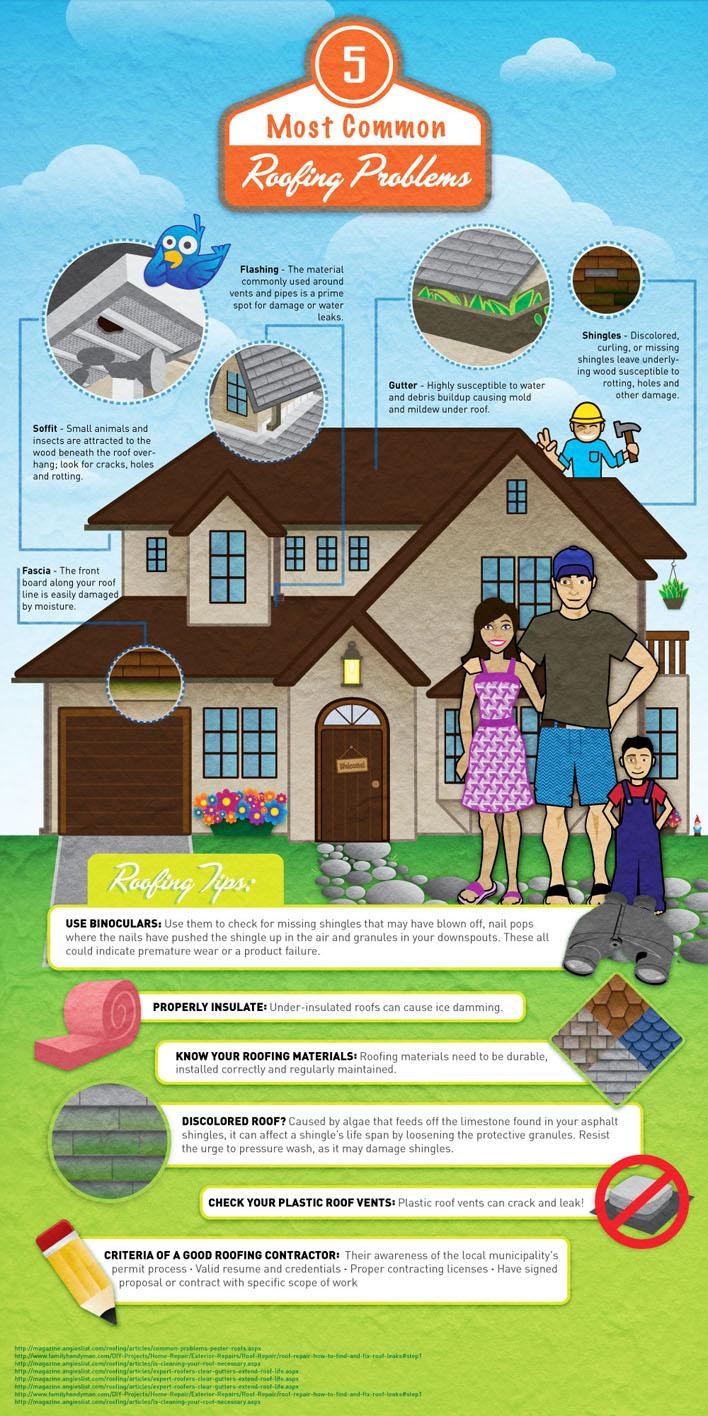Typical Mistakes In Roof Covering Installation And How To Prevent Them
Typical Mistakes In Roof Covering Installation And How To Prevent Them
Blog Article
Team Writer-Mckee Thybo
When you're preparing a roofing installment, it's easy to forget crucial details that can lead to considerable issues down the line. You might be tempted to cut corners on material choice or skip correct flashing installment, yet these typical errors can cause pricey fixings later on. Understanding the importance of air flow and adhering to local building regulations is important for an effective job. So, what are the essential actions you should take to ensure your roofing system stands the test of time? Allow's check out some efficient techniques to avoid these mistakes.
Poor Material Option
When it comes to roofing installation, selecting the wrong products can lead to pricey troubles down the line. You may believe that any roof covering product will do, but that's an usual misunderstanding. It's important to pick materials that suit your regional environment and the particular demands of your home.
For instance, if you live in an area with heavy rainfall or snow, going with asphalt tiles might not be the very best option. Rather, think about more durable choices like metal or slate.
Additionally, focus on the quality of the products you're thinking about. Low-cost products may save you cash upfront, however they usually do not have longevity and can lead to regular repair work or substitutes.
You must also consider the style of your home and guarantee the materials you choose will keep its visual allure.
Finally, san antonio window replacement forget to talk to professionals. They can supply valuable insights and advise materials that comply with regional building ordinance.
Spending time in correct product selection now can aid you prevent headaches and expenditures in the future, making your roofing job a success.
Inadequate Flashing Setup
Selecting the ideal materials isn't the only element that can bring about roofing problems; poor blinking installment can also produce considerable problems. Flashing is important for directing water away from vulnerable locations, such as smokeshafts, skylights, and roof covering valleys. If it's not installed effectively, you take the chance of water intrusion, which can bring about mold development and architectural damage.
When you set up flashing, guarantee it's the ideal kind for your roofing system's design and the neighborhood climate. For instance, metal flashing is often a lot more sturdy than plastic in areas with hefty rain or snow. Ensure the flashing overlaps properly and is safeguarded tightly to avoid spaces where water can permeate via.
You need to also take note of the installment angle. Blinking should be placed to guide water far from your home, not towards it.
If Suggested Reading regarding the installation process or the products required, get in touch with a professional. They can aid identify the most effective blinking options and make certain everything is set up appropriately, safeguarding your home from prospective water damage.
Taking https://tadlock-roofing86273.blog-mall.com/34574563/safeguard-your-home-and-the-setting-by-choosing-eco-friendly-roofing-services-that-assure-power-performance-and-sustainability can conserve you time, money, and headaches in the future.
Neglecting Air Flow Requirements
While lots of homeowners concentrate on the aesthetic and architectural elements of roof setup, ignoring ventilation needs can lead to significant lasting repercussions. Correct ventilation is essential for controling temperature and wetness degrees in your attic, stopping issues like mold development, timber rot, and ice dams. If you don't install appropriate air flow, you're setting your roof up for failure.
To prevent this error, initially, examine your home's certain air flow requirements. A well balanced system usually consists of both consumption and exhaust vents to promote air movement. Ensure you've set up soffit vents along the eaves and ridge vents at the top of your roofing. This combination allows hot air to leave while cooler air goes into, maintaining your attic room room comfy.
Likewise, take into consideration the kind of roof material you have actually chosen. Some materials might require added air flow methods. Double-check your neighborhood building codes for ventilation standards, as they can vary substantially.
Lastly, don't fail to remember to evaluate your air flow system consistently. Blockages from particles or insulation can impede air movement, so maintain those vents clear.
Conclusion
In conclusion, staying clear of common roof setup errors is essential to ensuring your roof's longevity and performance. By selecting the appropriate products for your environment, installing blinking correctly, and attending to air flow demands, you can prevent costly issues down the road. Do not neglect to familiarize yourself with regional building regulations and routine normal examinations. With these steps, you'll delight in a secure, resilient roof that protects your home for years to find. Happy roofing!
